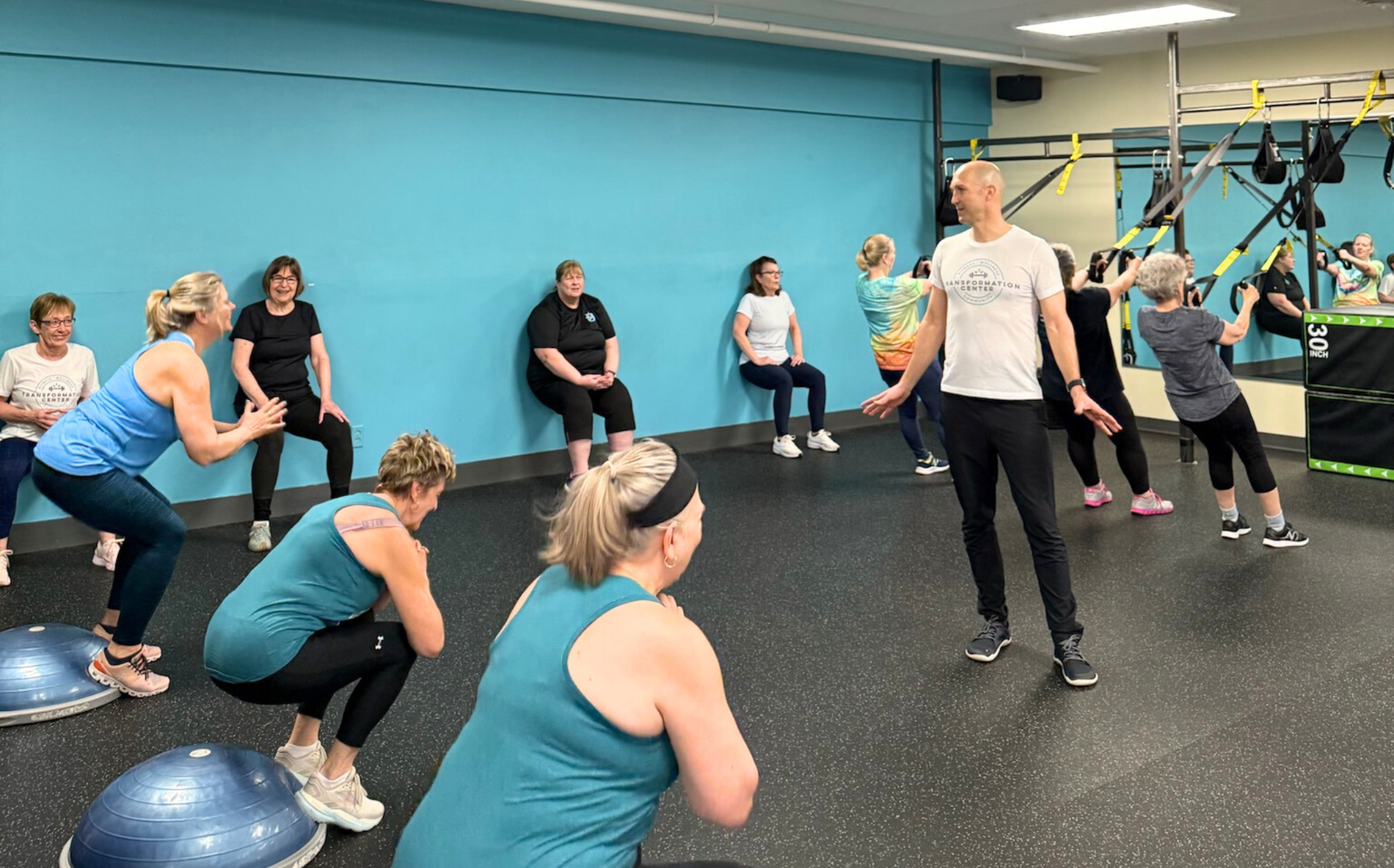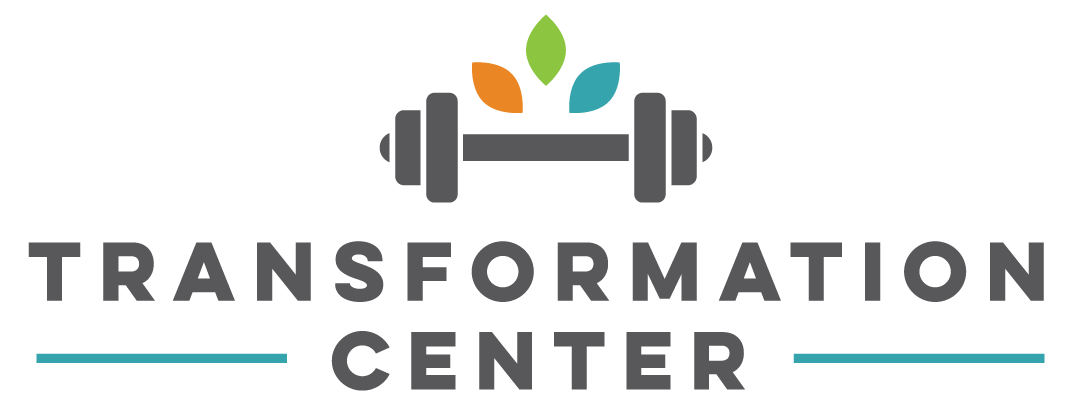
We’ve all heard it:
“My metabolism just isn’t what it used to be.”
And while there’s some truth to that, it’s not the full story.
Aging doesn’t automatically mean weight gain, fatigue, or slower progress — it simply means your body adapts to your current habits.
The good news? You can adapt it back.
What Actually Happens to Metabolism as We Age
Research shows that resting metabolic rate (RMR) decreases by roughly 1–2% per decade after age 30.
But here’s the important part — most of that change isn’t because your metabolism “breaks.”
It’s because your body composition, hormone levels, and activity levels change.
In simple terms:
✅ Less muscle → fewer calories burned at rest (each pound of muscle burns ~6–10 calories/day at rest vs. ~2–3 for fat).
✅ Less movement (NEAT) → fewer calories burned through daily activity.
✅ More stress & less sleep → higher cortisol and ghrelin, lower leptin, and disrupted hunger/satiety signals.
So when you say your metabolism has slowed, what’s often really happened is:
- You’ve replaced active hobbies (sports, yard work, walking commutes) with sedentary ones (desk jobs, TV, more driving).
- You move less between structured workouts — fewer steps, more sitting.
- You may be sleeping less or feeling more stressed, which impacts hormones tied to appetite and energy use.
That’s not failure — that’s adaptation.
And the best part? Adaptations can be changed.
5 Science-Backed Fixes to Reignite Your Metabolism
1. Lift Weights — 2–3x per Week
Strength training is the closest thing we have to a “metabolic reset.”
It builds lean muscle, increases resting energy expenditure, improves insulin sensitivity, and helps regulate hormones.
Even short, full-body workouts (like our Fit Over 50 sessions) create measurable changes in metabolic health within 8–12 weeks.
2. Prioritize Protein — 25–40g Per Meal
As we age, our bodies become less efficient at using protein for muscle repair (a process called anabolic resistance).
The fix? Eat more high-quality protein evenly throughout the day — roughly 0.8–1.2g per pound of body weight daily.
Protein-rich meals also help with satiety and blood sugar control.
Examples: Greek yogurt + berries, eggs + avocado toast, chicken + roasted veggies, protein shake + banana.
3. Move More Outside the Gym
Your Non-Exercise Activity Thermogenesis (NEAT) — the calories burned through normal movement — can make up up to 25–30% of your total daily energy expenditure.
Simple changes can have a huge impact:
Walk 5–10 minutes after meals.
Do chores or yard work manually.
Take the stairs, not the elevator.
Pace during phone calls or meetings.
Park farther away.
Dance, stretch, or play with your kids or grandkids.
These movements may not “feel” like exercise, but they’re often what separates a stable metabolism from one that’s slowing down.
4. Sleep 7–9 Hours a Night
Sleep is the unsung hero of a healthy metabolism.
Lack of sleep decreases leptin (the “I’m full” hormone) and increases ghrelin (the “I’m hungry” hormone), making you crave high-calorie, high-carb foods.
It also interferes with recovery and muscle-building hormones like growth hormone and testosterone.
5. Manage Stress Before It Manages You
Chronic stress keeps cortisol elevated — a hormone that, when persistently high, promotes fat storage around the abdomen and reduces muscle protein synthesis.
Try 5 minutes of deep breathing, a short walk outside, journaling, or joining a yoga or mobility class.
Even a 10-minute “mental reset” can shift your nervous system from fight-or-flight to rest-and-digest.
What NOT to Do
❌ Slash calories drastically: You’ll lose weight short-term but sacrifice muscle and metabolic health.
❌ Rely only on cardio: Great for the heart, but not enough for metabolism or longevity.
❌ Skip meals or protein: This backfires by slowing metabolism and spiking hunger later.
Why It Matters
Muscle truly is the organ of longevity.
It supports balance, bone health, and blood sugar regulation — and it’s never too late to build it.
Studies from the Journal of Gerontology show that adults in their 60s and 70s can gain strength and muscle at the same relative rate as people in their 30s when they train consistently and eat enough protein.
At the Transformation Center, we specialize in helping adults 40+ reignite their metabolism through sustainable training, balanced nutrition, and community accountability.
You don’t need crash diets or gimmicks — you need the right mix of movement, mindset, and support.
Ready to Rebuild Your Metabolism?
Join our Fit Over 50 or Sweat Fit programs and learn how to train, fuel, and recover smarter — not harder.
Message us “METAB” to get started today.

Recent Comments